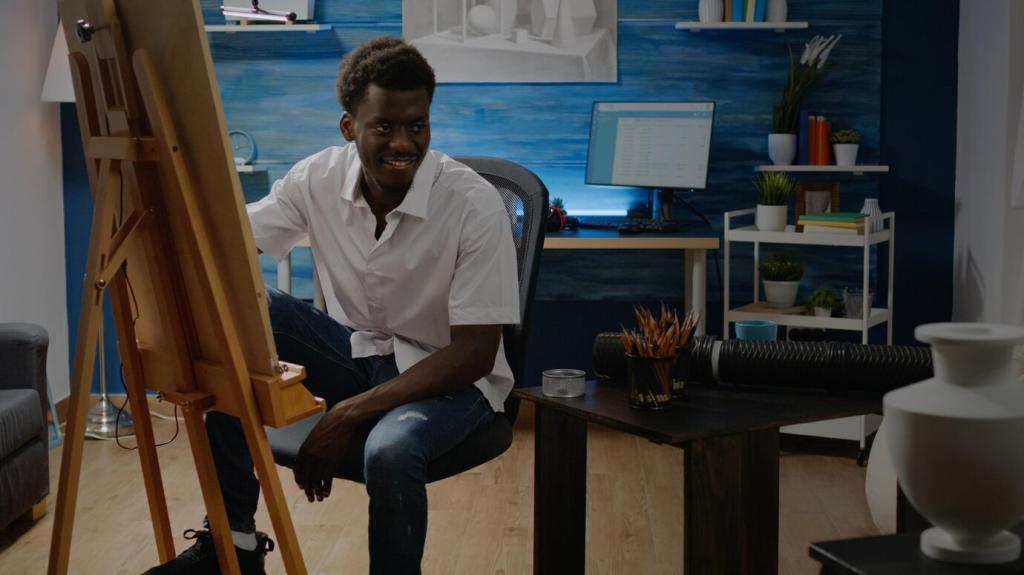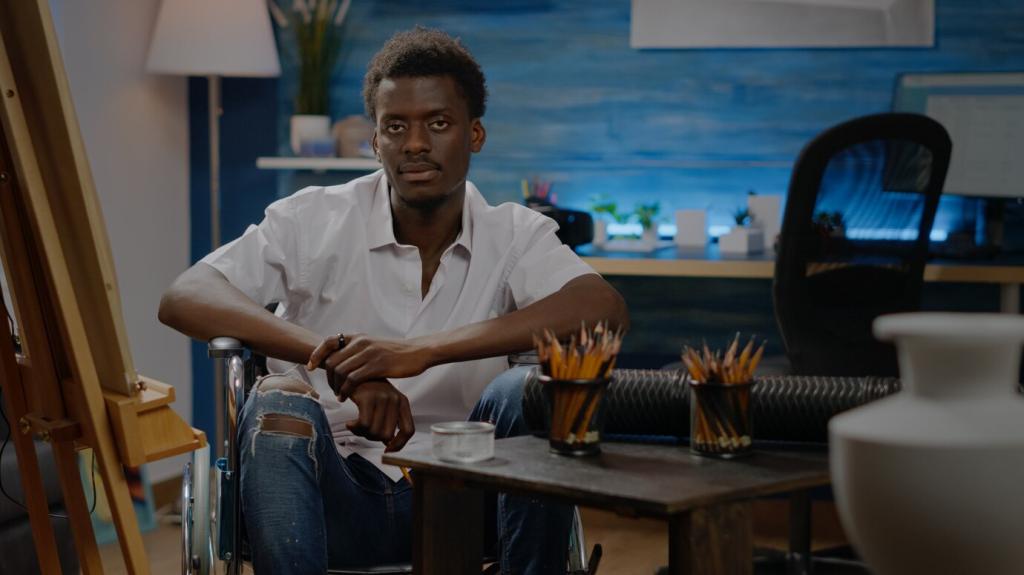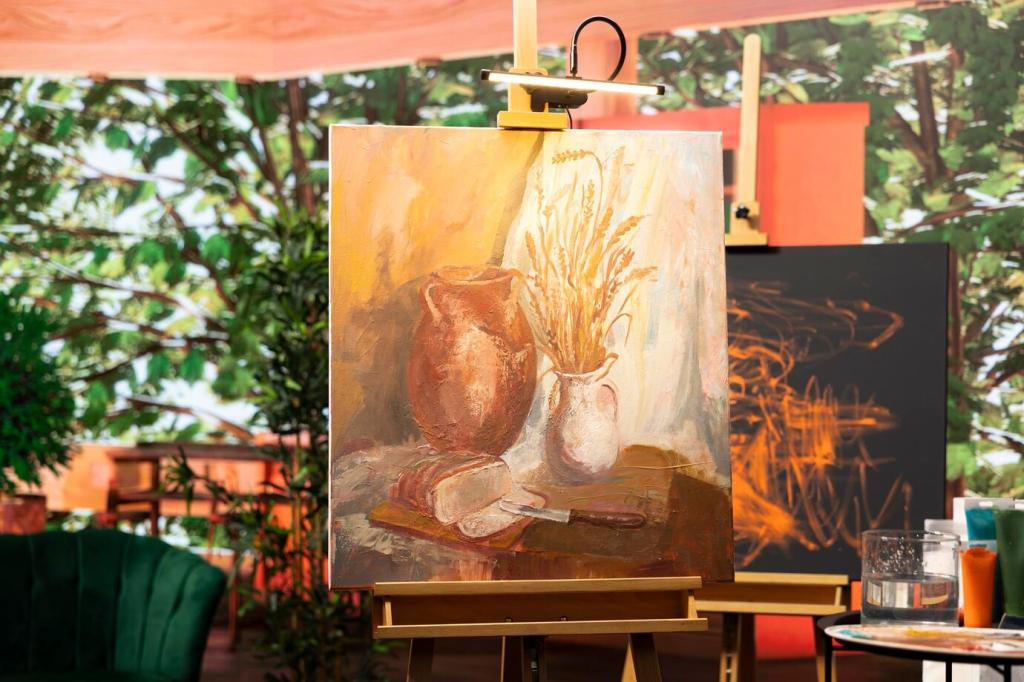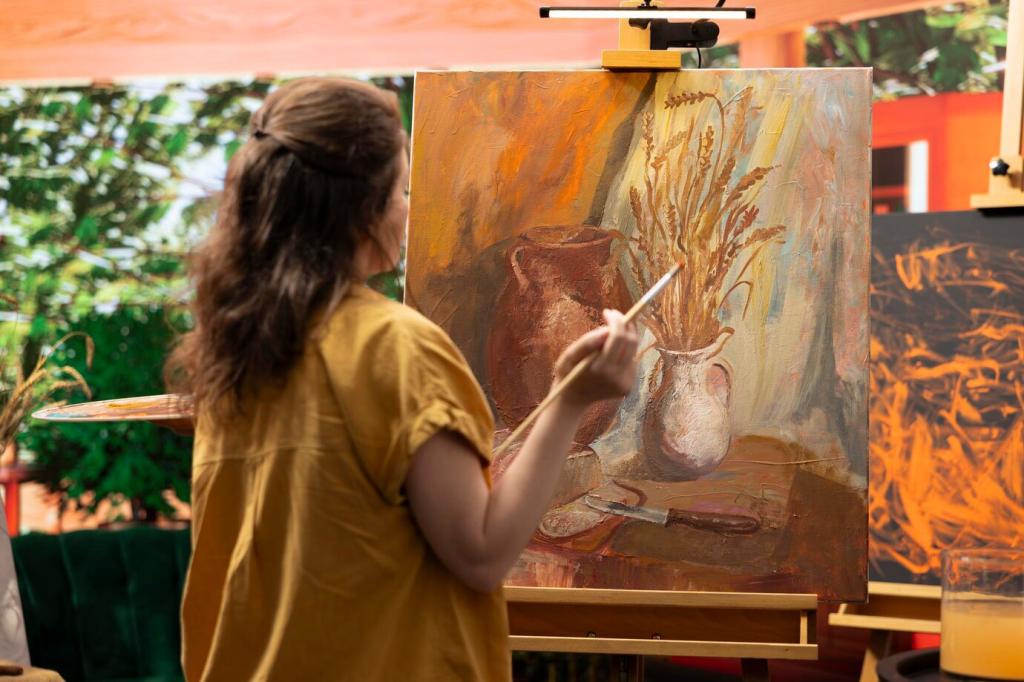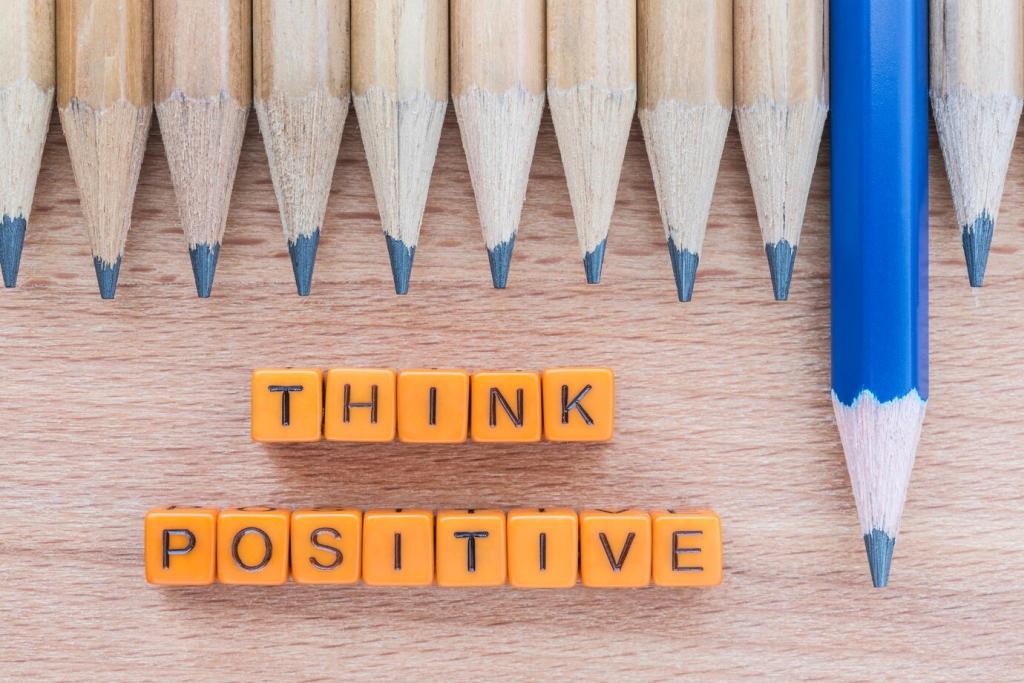Finishing and Assembly for a Polished Look
Start dry with 220 grit, progress to 400, and finish with 800 wet for edges. Use light pressure and sanding blocks to keep surfaces flat. Mask crisp features to protect them. Share before-and-after photos, and comment with your favorite grits; we’ll compile an easy chart for different filament types and surface goals.
Finishing and Assembly for a Polished Look
A filler primer hides lines; thin coats prevent drips. Let each coat cure fully before sanding and color. Acrylics work well on PLA with a gentle clear coat. Tag your color schemes and techniques, and subscribe to receive a step-by-step finishing checklist you can print, laminate, and reuse beside your workstation.


